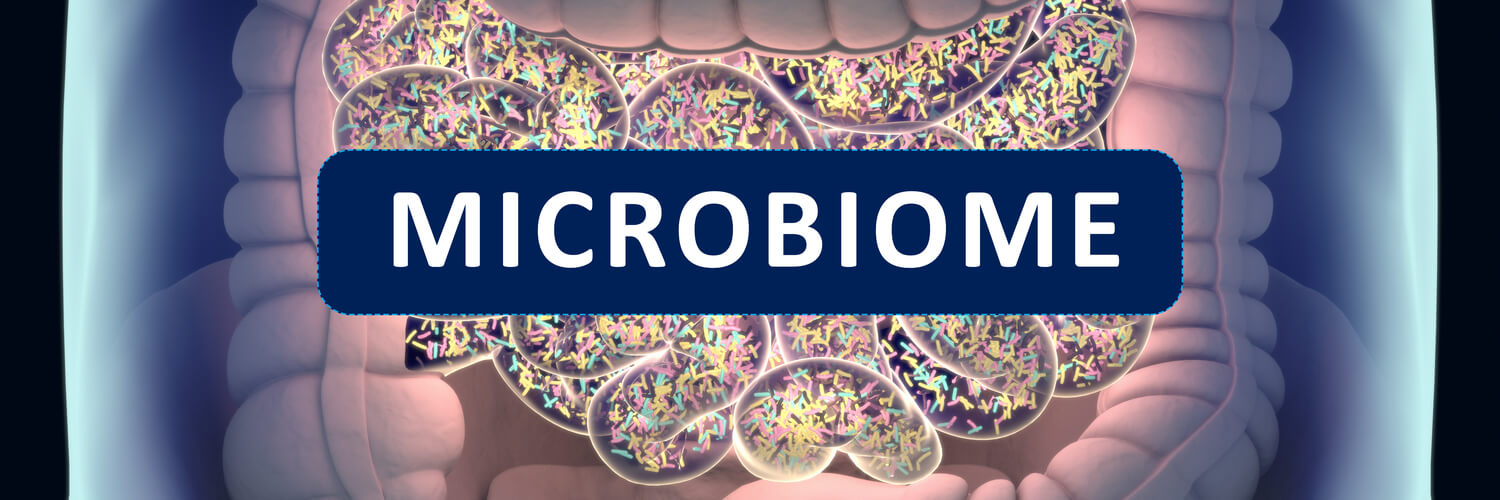How We Get Our Microbiome?
As I mentioned earlier, the first set of microbes come from your mother (so the way she has eaten all her life is crucial to pass this on to her infant). During pregnancy, specific kinds of lactobacillus dominate a woman’s vagina. The microbe strains from her gut draw out extra energy from foods, and this manifests in her vagina as well. Research is still to confirm if the uterus has microbes that are passed on to the foetus, however, research does point to the placenta and amniotic fluid having microbes. Technically she gives you the first set of microbes, for your gut as well, making this the foundation for things to come. This does not hold true for C-section births, since the microbes are picked up from the mother’s vagina during birth. A baby born via a C-section will only have microbes picked up from the mother’s skin and those she may come in contact with post birth. The microbes we have when we are born keep changing: once we are adults, and once we are adults, we are totally different — we have a different set, and many more strains than when we were young. The antibiotics and vaccinations we are given as babies literally kill colonies of these microbes, but we build these up quite rapidly within a few weeks.Our diets are the key to shaping the character of the ecosystems in our bodies very early in life. For example, a baby who is breastfed has a different, healthier set of microbes than a baby who is formula-fed. These microbes change character when we are fed solids. What we eat over a period of time keeps altering the microbes in our bodies. Another thing that affects children in their early years is the environment. As Rob Knight explain: Kids put their fingers in their mouth after shoving them into everything. Siblings, pets in the house, living on a farm or visiting one expose the kid to a varied number of cultures of microbes and the more diverse the set, the more healthier kids will be.
In short, the people you interact with, your hygiene levels, things you touch, pets and everything you come into contact with play a part in this.
We have moved from being agrarian to leading more urban lives, therefore our contact with the environment is at abysmally low levels. As explained earlier, we are 90 per cent of our bodies are made up of microbes living inside or as they do in the environment around us. Hence, there is a need to establish practices (daily lifestyle inclusions) that bring back microbes and bacterial strains into our guts. We come into contact with microbes daily — through the ones that live in us, the ones that ‘check-in, and check-out’ daily, the ones that we get from the ‘earth’, by which I mean our contact with dirt or soil. The ones that check-in and check-out also come to us via a handshake or close contact with someone, or through the food we eat We reduce our microbial diversity in a super clean environment and further reduce it with trigger foods – these are foods that deplete the good microbes or increase the bad ones) we include on a daily basis. That’s why the presence of a pet increases the microbial diversity in you and your kids. A study quoted in the book Eat Dirt written by Josh Axe appearing in the medical journal Clinical and Experimental Allergy showed that having pets may improve immune system and reduce allergies in children. As many as 566 children, were studied who had pets, including cats and dogs, were studied, with blood samples when they turned eighteen. They found that children who had cats had a 48 percent decrease in allergies and those with dogs had 50 percent decrease in allergies. The explanation given was that these results came about as kids were exposed to pets and played in dirt, making this a great way to get some of that interaction with dirt or soil, These micro-exposures add up over time and help the good microbes in your gut, ultimately boosting immunity. Antibiotics are another cause for a further decline in microbial diversity.
Excerpt from The Detox Diet by Shonali Sabherwal published by Penguin Random House

